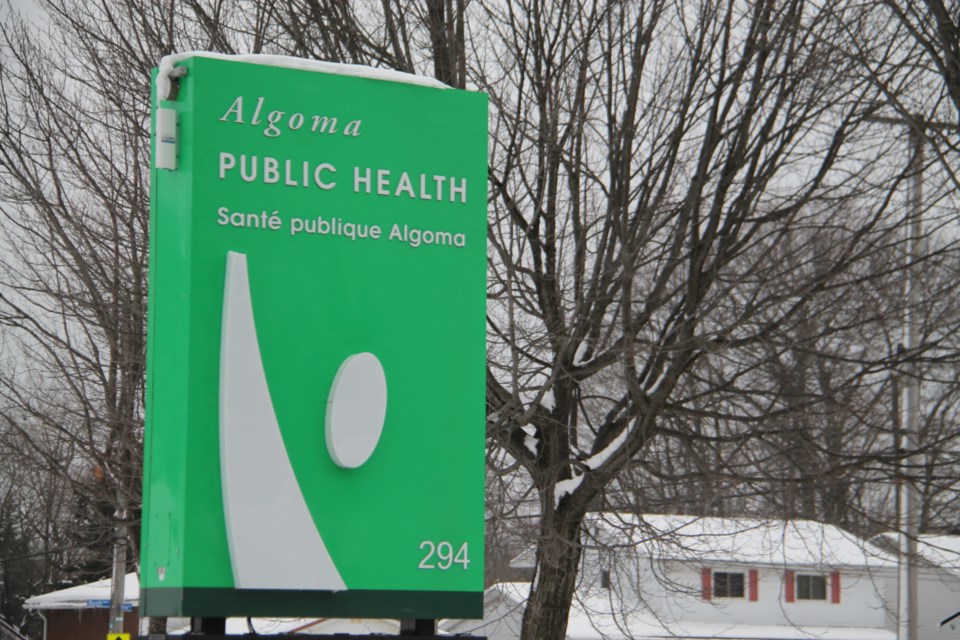Algoma Public Health has surveyed people living with addiction and their families, with hopes to chart a way forward through the opioid crisis in Sault Ste. Marie and Algoma.
Hilary Cutler, manager of Community Wellness at APH, told SooToday opioid-related harms continue to affect northern Ontario communities worse than in southern Ontario.
That aligns with the most recent opioid toxicity statistics released by the Office of the Chief Coroner, showing people are dying in the Algoma public health unit at twice the provincial average.
Algoma experienced an increase from 42 deaths per 100,000 by opioid toxicity in July 2020 to June 2021, versus 51 deaths over July 2021 to June 2022.
“Opioid-related harms in northern Ontario are much worse than in southern Ontario, that is correct,” said Cutler. ”What we do know is opioid use is widespread across our community; it affects people who have resources and people who do not.”
To better understand the issue and how to best combat it, APH has been surveying people with lived experience with opioid use, their families and community partners.
“We worked with our community partners and we are client-facing here at APH, so we engaged those who were willing to speak with us through some of our programs,” said Cutler.
“It’s important to note people have varying needs that need to be met in order for them to be well,” she added. “There are some interventions we can put into place as a community that reduce harms, and we are currently working with our community partners to determine the most appropriate way forward for Algoma.”
“We do all have a role to play in working together to listen to the community, look at the evidence and the suite of interventions that are at our disposal and critically think together about what makes the most sense for our community,” she added.
The results of the survey, which are currently being calculated and organized, will one day help APH understand where the gaps in service are.
“We are in the information gathering phase to support our partners who might bring certain things forward, like the safe consumption site, for example,” said Cutler. “Especially with a new mayor publicly voicing his interest in getting that going, we are ready to have those conversations.”
APH has a seat at the table when discussing projects like the safe consumption site, the opening of a youth addiction treatment centre, the Withdrawal Management site and other initiatives, said Cutler.
“Recognizing the urgency, we really do need to save lives. It’s an all-of-community effort,” she said. “I think there is a local appetite to make a difference and do something that can help to reduce harms to the community.”
Cutler said the results of the survey will be shared first with APH’s community partners that helped collect the information, followed by releasing the information to the public.
”I hope we will have more to speak about that in the new year,” said Cutler. ”At this stage, we are just coming together with our partners to talk about our shared roles and our shared need in the community.”
